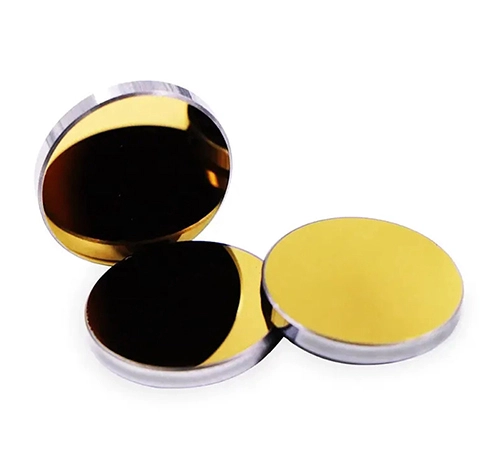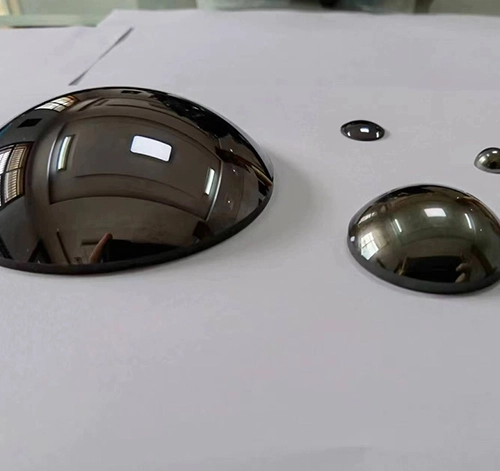Germanium wafer is a semiconductor material, a thin sheet made of germanium (Ge). In the semiconductor industry, germanium is used as a substrate for semiconductor devices, especially in certain high-performance applications such as fiber optic communications, infrared optics and solar cells.
Infrared optical lenses are specialized components designed to focus or manipulate infrared light, which falls just beyond the visible spectrum with wavelengths ranging from about 700 nanometers to 1 millimeter. These lenses are crucial in various applications, including thermal imaging, night vision, and infrared spectroscopy. Constructed from materials such as germanium, zinc selenide, and chalcogenide glasses, which have high transmittance rates in the infrared range, these lenses are tailored to meet specific infrared wavelength requirements. The unique properties of infrared optical lenses allow them to handle the longer wavelengths of infrared light efficiently, making them indispensable in both scientific research and practical applications like security and medical imaging.

Infrared optical lenses offer numerous advantages across various technological and scientific applications. These lenses allow devices to capture and analyze infrared light, which is invisible to the human eye, enabling detailed thermal imaging. This capability is crucial in security for night vision equipment, allowing surveillance in total darkness. In healthcare, infrared lenses facilitate non-invasive diagnostics, such as observing blood flow or detecting inflammation. Additionally, in industrial settings, they assist in monitoring equipment health by detecting heat anomalies that signal potential failures. Furthermore, infrared lenses are indispensable in scientific research, aiding in everything from astronomical observations to environmental monitoring, by providing valuable data unattainable through visible light alone.
Infrared optical lenses function by focusing or redirecting infrared light, which lies beyond the visible spectrum and is primarily perceived as heat. These lenses are made from materials such as germanium, silicon, or zinc selenide, which are transparent to infrared wavelengths and can efficiently transmit infrared radiation without significant loss. As infrared light from objects (emitted as thermal radiation) enters the lens, it is focused onto a detector. This detector captures the concentrated infrared light and converts it into an electrical signal, which is then processed to form an image or output that can be interpreted or displayed. This capability is crucial for applications like thermal imaging, night vision, and various scientific and industrial sensors.

 Call us on:
Call us on:  Email Us:
Email Us:  No.9 Zhongxing East Road, Lishui Economic Development Zone, Nanjing, Jiangsu, China
No.9 Zhongxing East Road, Lishui Economic Development Zone, Nanjing, Jiangsu, China